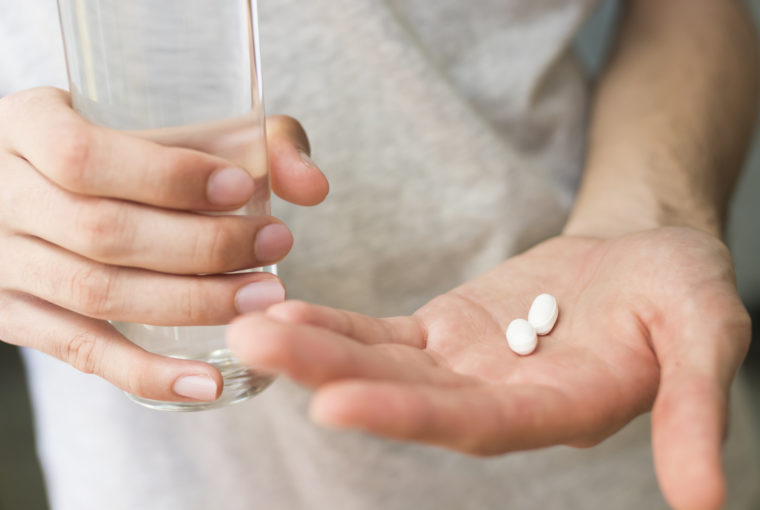Research has found over 1,000 people are treated in emergency departments daily for misusing prescription opioids.
This staggering statistic shows how disastrous opiates can be when misused.
The safest thing to do is start weaning off opiates so you can regain control of your life and start living again. If you’re struggling, you’ve come to the right place.
Here’s everything you need to know.
What Are Opioids?
Opiates and opioids are the same compounds found in powerful painkillers. They work by reducing the number of pain signals sent to your brain so you don’t experience discomfort.
When to Stop Using Opioid Medication
Your physician may prescribe this medication after you suffered a traumatic injury or if you’re dealing with severe pain.
Most opioid prescriptions are safe but if misused, you can suffer from opioid addiction and dependence.
Because of this, it’ll be harder to wean off the drugs because you’ll experience symptoms of opioid withdrawal.
What Are the Withdrawal Symptoms?
Whether it’s oxycodone withdrawal symptoms or Percocet withdrawal symptoms, they’re similar.
They vary depending on which medications you take and how long you’ve taken them.
Symptoms include:
- Runny nose
- Watery eyes
- Listnesses and anxiety
- Mood disturbances
- Enhanced pain
- Chills or sweating
- Nausea or diarrhea
- Rapid heart rate
If you’re suffering from any of these, tell your doctor immediately so they can help you start weaning off opiates.
What a Safe Opioid Taper Involves
Unsure how to taper off opiates without withdrawal?
The safest way is through a doctor as they’ll prescribe an opioid taper schedule.
During an opioid taper, the physician:
- Monitors your pulse, blood pressure, and temperature
- Asks for urine or blood samples to check the number of opioids in your system
- Prescribe other medications to help you manage withdrawal symptoms
- Monitors your withdrawal plan closely
Following a doctor’s guidance slowly decreases your dosage while relieving you from opioid withdrawal symptoms.
You may be tempted to supplement your taper with extra substances but you mustn’t unless the doctor prescribes it. If you’re tempted, contact your health care team immediately.
Other Withdrawal Treatment Options
There are medications available that help shortens the withdrawal process and make the symptoms less severe. These include:
- Clonidine hydrochloride
- Naltrexone
- Buprenorphine
In severe cases, your physician may prescribe methadone during withdrawal and gradually decrease the dosage over time to reduce your dependence on it.
It’s important to note that every case is unique so you must follow your doctor’s orders to see which option is best for you.
Weaning Off Opiates the Healthiest Way
Now you understand weaning off opiates.
When you notice an increased reliance on your prescription or any withdrawal symptoms, contact your doctor immediately.
They will guide you through an opioid taper so the withdrawal symptoms are less severe and you can return to full health once again.
Did you find this article helpful? If yes, check out our Health and Fitness posts filled with useful tips.




